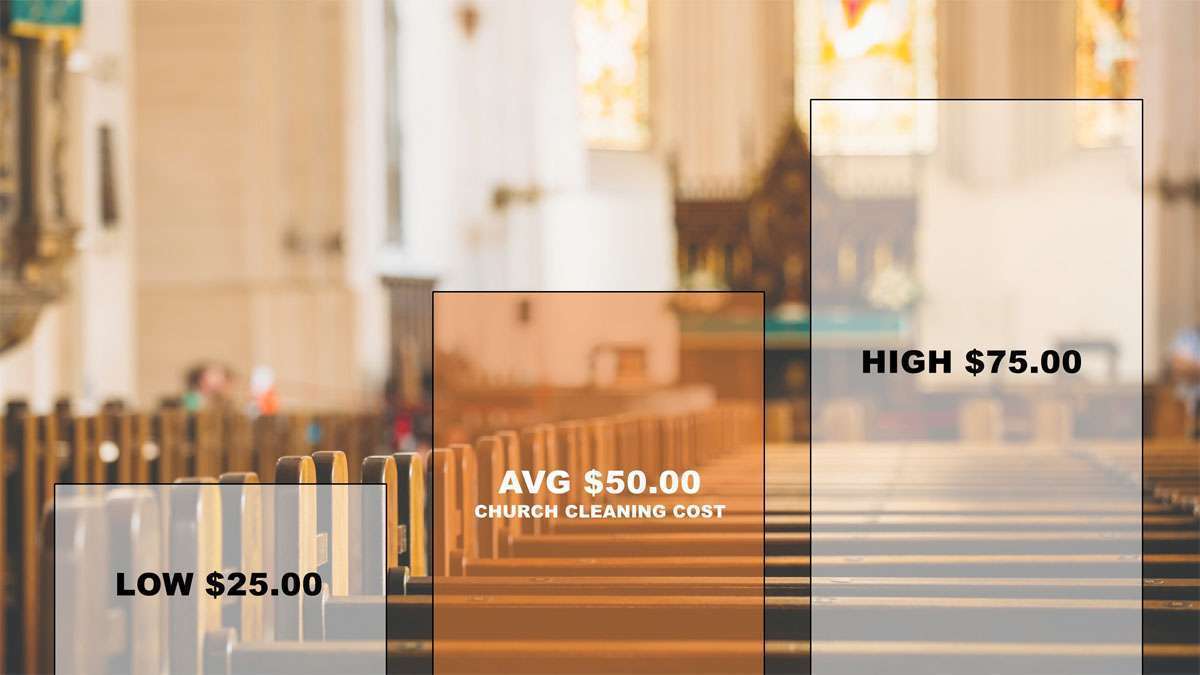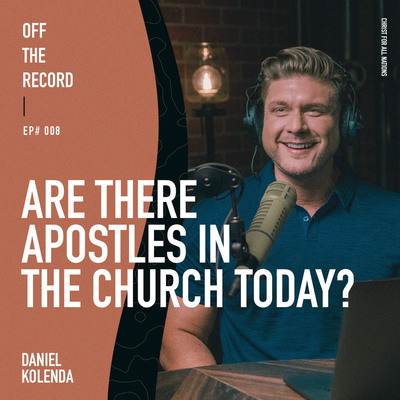Church is one of the most important institutions in a person’s life. It provides a place where people can come together and share their faith, and it offers support and resources to its members. If you’re looking to start your own church, there are some important steps you need to take. In this article, we will discuss some of the basics of starting an online church, from creating a website to attracting members. We hope this helps you get started on creating the community you’ve always wanted!
The Purpose of an Online Church
The Purpose of an Online Church
Online churches are becoming more popular each year. There are many benefits to creating and operating an online church. The purpose of this article is to provide you with the steps you need to create and operate your own online church.
How to Start Your Own Church
If you’re considering starting your own church, there are a few things you need to know first. First, check with local authorities to see if starting a church is legal in your area. Second, decide what kind of church you want to start. There are many different types of churches out there, and it can be hard to decide which one is right for you.
Third, make sure you have the proper resources available before starting your church. You will need information on how to start a church website, funding options, and membership forms. Fourth, find a group of people who share your religious beliefs and who want to join your church. Fifth, create a membership process and timetable for your church so members know what is expected of them. Sixth, plan services and events carefully so people feel involved in the community that you’ve created. Seventh, be persistent and keep up the good work no matter what obstacles come your way. If you follow these simple steps, starting your own church should be easy!
Setting Up Your Church Website
Setting Up Your Church Website
Creating an online church website is a great way to connect with members and stay up to date with ministry activities. There are a few basic steps you’ll need to take to get started:
1. Choose a domain name and hosting package.
2. Install the necessary software.
3. Configure your website settings.
4. Upload your content.
5. Promote your website!
Choosing a Church Name and Logo
Creating an online church is a great way to connect with people from all over the world. However, before you start designing your church’s website, it’s important to choose a name and logo. Here are some tips on choosing a name and logo for your online church:
1. consider the purpose of your church
Your church’s name should reflect its purpose. For example, if your church is focused on evangelism, then you might want to choose a name that reflects that focus, like Reach Out Church. Alternatively, if your church is focused on helping people grow in their faith, then you might choose something like Growing Faith Community.
2. consider the brand identity of yourchurch
Once you’ve chosen a name and theme for yourChurch, it’s important to develop a brand identity that will support both online and offline marketing efforts. A strong brand identity will help attract new members and promote visibility across social media platforms and other digital channels. Consider using elements such as color schemes, fonts, and design features that harmonize with your Church’s message and style.
3. consider the legal requirements ofonline churches
Before registering your Church’s domain name or creating any branding materials (logo included), make sure you’re aware of all legal requirements related to running an online ministry in the United States [or any country]. Some common requirements include obtaining licensing from local authorities (usually required for locations where services are conducted in person), registering with tax authorities (if
Organizing YourChurch Services
Church services can be a lot of work. But they don’t have to be. With the right tools and organizing strategies, you can make your services as easy and efficient as possible. Here are some tips for organizing your church services:
1. Use a planner/calendar. This is essential for keeping track of what’s going on when. You can use any type of planner, but a simple one with columns for date, time, event, and participants will work best.
2. Use online platforms like Google Calendar or Outlook.com to keep everything in one place. You can also use these platforms to invite participants and schedule events outside of your normal service times.
3. Utilize social media tools like Facebook and Twitter to let people know about upcoming events and updates. You can also use these platforms to post photos or videos of upcoming events.
4. Set up automatic messages and reminders in your email account or calendar software so that people know when services are starting and ending, as well as other important information like cancellations or changes in schedule.
5. Keep track of donations using automated donation systems or sheet music software like MusiCalendar which makes it easy to collect contributions from congregation members during service time..
Developing a Social Media Strategy for Your Church
When planning your church’s social media strategy, start by thinking about your overall goals. What do you want to achieve with social media?
Some common goals for churches are to connect with parishioners, attract new members, build brand awareness, and increase donations.
Once you have a general idea of what you want to achieve, it’s time to figure out how you’re going to get there. There are many different ways to approach social media, so it’s important to choose the one that best suits your church’s personality and mission.
One popular way to use social media is to create a Facebook page and an Instagram account. These accounts can be used to share information about church services, events, and ministries.
Another popular way to use social media is to create a blog. Churches can use their blogs to share news stories, biblical teaching resources, and other information that could be of interest to their parishioners.
Finally, churches can also use social media platforms like Twitter and YouTube. These platforms provide churches with the ability to communicate directly with their followers. Churches can also use these platforms as a way to promote their ministry opportunities and evangelize through video content.
Conclusion
Church is a big part of many people’s lives, and for some it can be an important part of their spiritual journey. Whether you’re the minister or just someone who wants to build an online church that connects with people around the world, this guide will help you get started. We’ll outline the basics of setting up an online church and give you tips on how to attract members and grow your congregation. Ready to start preaching? Let us know in the comments below!






